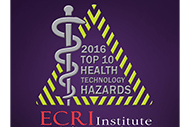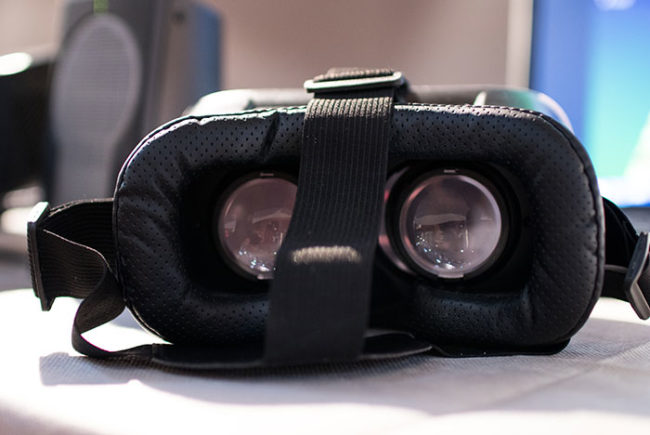ECRI Institute has released its Top 10 Health Technology Hazards for 2017, and several new concerns have found their way onto this year’s list compared with that of 2016. ECRI develops the list each year to call attention to potential sources of danger that may fall under the radar in a busy health care setting.
At No. 1 this year is malfunctioning infusion pumps. Although ECRI acknowledges that the technology has greatly improved infusion safety over the years, not all risks have been eliminated. In fact, in September, the Food and Drug Administration issued recommendations to reduce safety risks when using programmable syringe pumps for low-flow therapies. Errors involving infusion pumps or programming failures can lead to patient harm, including death.
Infection risks with heater-cooler devices used in cardiothoracic surgery is No. 5 on the list and another new one for 2017. It also has caught the attention of the FDA and the Centers for Disease Control and Prevention recently. Both agencies issued warnings last month about a particular brand that has been associated with Mycobacterium chimaera infections.
"Technology safety can often be overlooked when hospital leaders are dealing with so many other issues," says David Jamison, executive director, health devices group, ECRI Institute. "As an independent medical device testing laboratory and investigator of technology-related incidents, we know what can go wrong and what steps hospitals can take to reduce patient harm related to specific technologies and processes."
Other hazards new to the 2017 list include:
- Occupational radiation risks in hybrid operating rooms
- Device failures caused by cleaning products and practices
- Surgical stapler misuse and malfunctions
- Automated dispensing cabinet setup and use errors
Inadequate cleaning of complex reusable instruments, missed ventilator alarms, gaps in patient data and software, and undetected opioid-induced respiratory depression are repeats from the 2016 list.
Read the full list to learn more about these hazards and ECRI’s recommendations on how to mitigate them.





